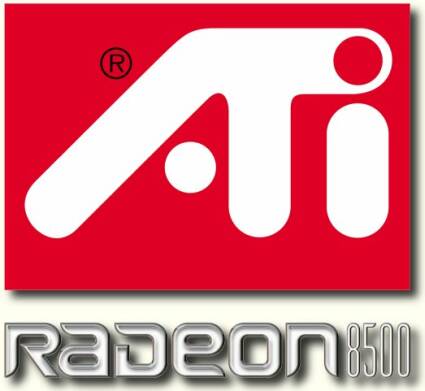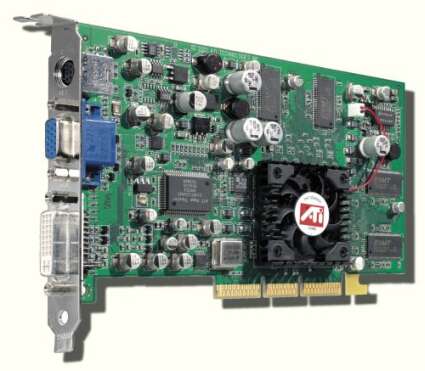ATi's Radeon 8500 Is Final Or Something Like That ...
Features
By
Thomas Pabst
published
Add us as a preferred source on Google
Introduction
Review Or Lose - Hectic Times 8500
This Radeon 8500 Review will be a bit shorter than usual, as it was written in very short time. ATi supplied the review units very late, which barely left me enough time to run a satisfactory number of benchmarks. So we do away with long blurbs about ATi's history and future prospects or its competition with archenemy NVIDIA. We simply focus on the facts.
Facts Only
Let's start with a few details of Radeon 8500:
- ATi announced Radeon 8500 on October 9, 2001 , and claimed that the cards are shipping, but at this time nobody of the press had even seen a sample.
"ATI Technologies Inc. (TSE:ATY, NASDAQ: ATYT), a world leader in the supply of graphics, video and multimedia solutions, announced today that the RADEON 8500 graphics board, the world's fastest and most technologically advanced graphics board available, and the foundation for ground-breaking visual effects, is shipping to retail outlets worldwide at a manufacturers' suggested retail price (MSRP) of just (US) $299. "- Suggested Retail Price of Radeon 8500 is $299, which is $50 less than NVIDIA's GeForce3 Ti500.
- Core clock is 275 MHz
- Memory clock is 550 MHz (DDR)
- Memory used is 3.6 ns DDR SDRAM, which is specified up to 277.8 MHz and thus running within spec.
- The current driver set 4.13.7191 for Radeon 8500 does not support SmoothVision , ATi's multi sampling FSAA solution, but only the old super sampling FSAA instead, which allows only inferior FSAA performance. In fact, SmoothVision has not yet been enabled in any driver, but it is supposed to be added by the end of this month.
- The current driver is known to have issues with Athlon systems, but is supposed to run fine with Pentium 4 systems.
- Tests showed that the new WindowsXP-driver does not perform stable. It is also showing inferior 3D-performance compared to Win9x or Win2000.
- Testing the advanced features of Radeon 8500 with the DX8 vertex/pixel shader OpenGL demo programs "Dronez " or "GLMark " is not possible or sensible, because both programs are using NVIDIA-specific extensions that only work on NVIDIA's GeForce3 family of 3D-cards. This allows Radeon 8500 to only run in DX7 mode, which is not very helpful for comparison purposes.
- Radeon 8500 comes with superior support of two displays ("Hydravision "), while NVIDIA does not equip their high-end cards with such a feature.
- ATI's excellent hardware MPEG2-decoding/encoding support is world-renowned. It is still offering the best DVD-playback and other video capabilities in the market.
Stay On the Cutting Edge: Get the Tom's Hardware Newsletter
Get Tom's Hardware's best news and in-depth reviews, straight to your inbox.
No comments yet
Comment from the forums

